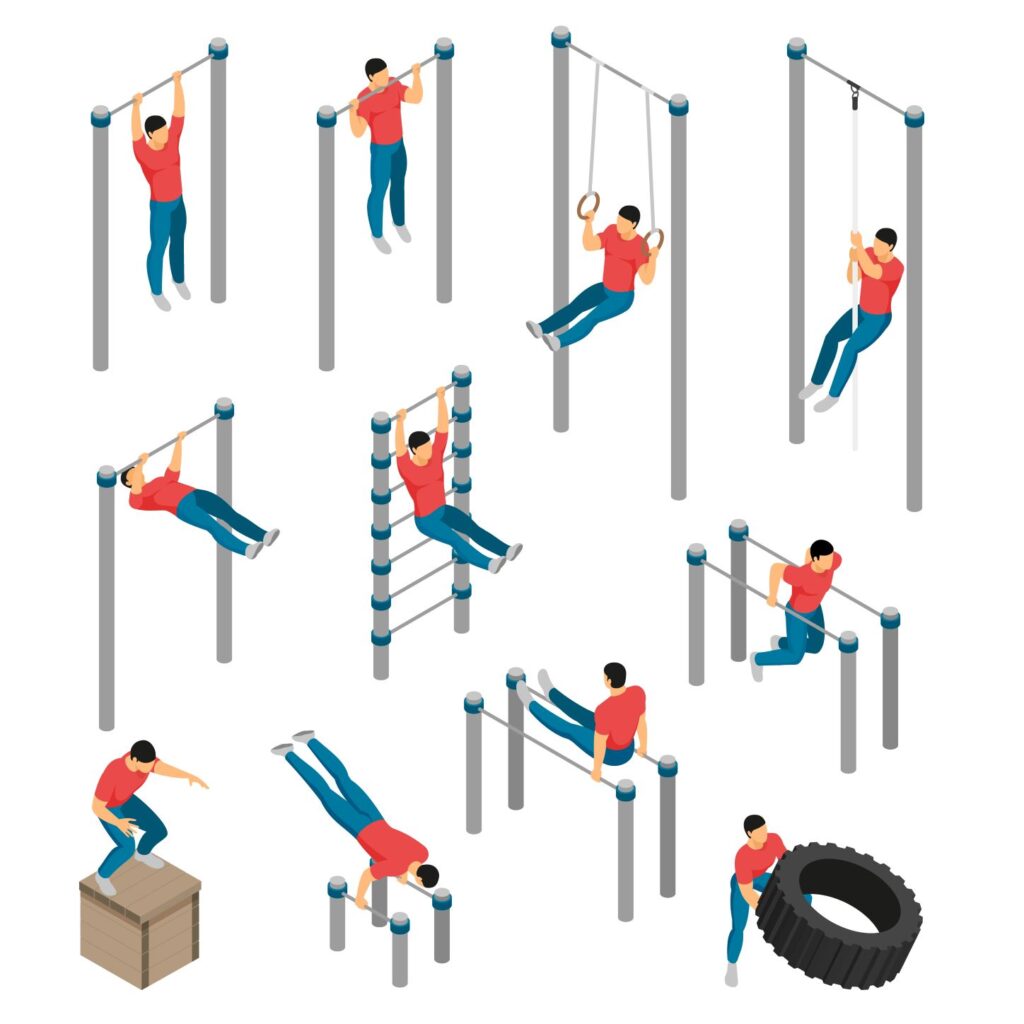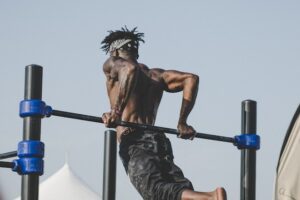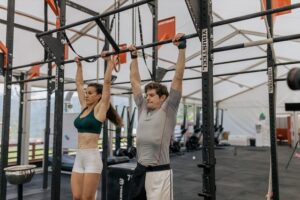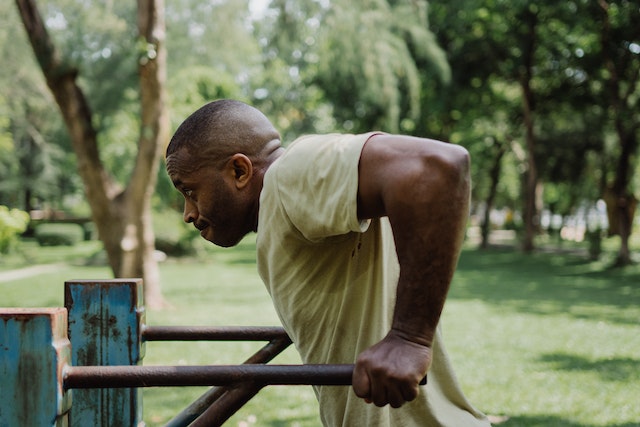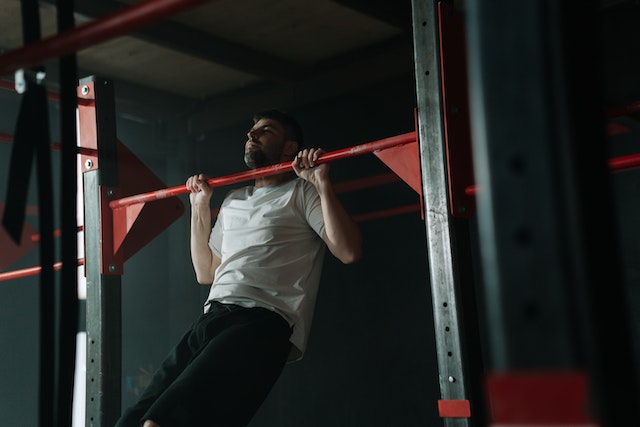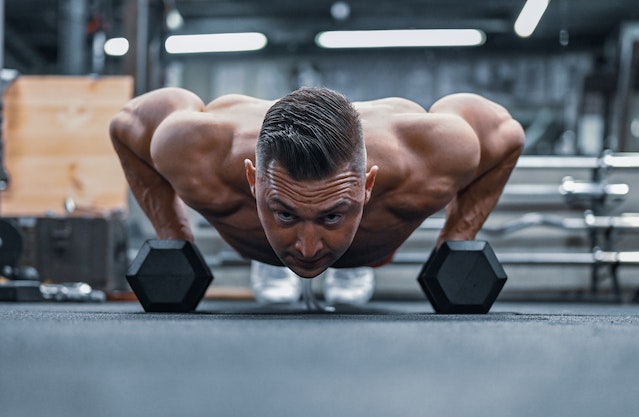Complete list of calisthenics skills with examples of how it looks.
Skills on the list are mainly static holds. The list is divided into 3 difficulty levels, but remember that everyone is different and the list may look slightly different for you. For example, the front lever is generally considered harder than the back lever, but some people find the front lever easier.
Beginner
L-sit
Elementary static skill that can be achieved quite fast. It engages your whole body, especially the core muscles and triceps.
In l-sit, all body weight rests on the hands, and legs are held horizontally so that our torso-legs angle is about 90 degrees and our body creates an L.

Pull over
Easy dynamic exercise that will get you from under the bar to above without putting in a lot of strength, it is a great introduction to freestyle calisthenics.
From dead hang start pulling yourself up and at the same time swing your legs to the bar. With the momentum get over the bar.
Skin The cat
Exercise that will improve your shoulder mobility and build the foundation for other calisthenics skills like a back lever.
It is the transition from passive hang to german hang
Frogstand
Frong stand teaches balance, in particular working with fingers, which is essential for handstand.
It consists of supporting the weight of the body only on the hands, by bending the legs and resting the knees on the elbows
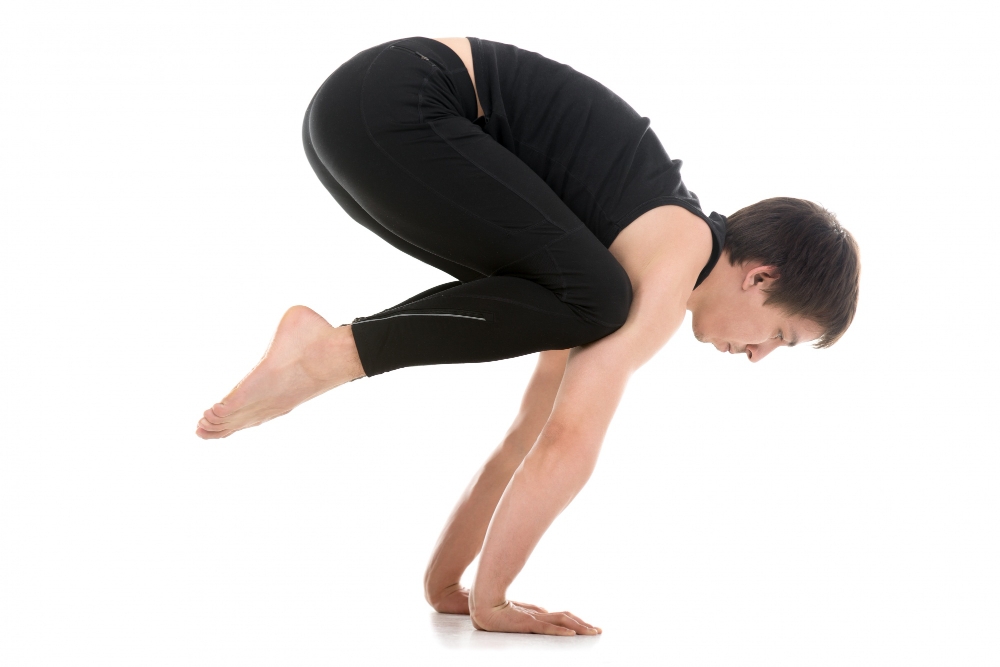
Planche lean
Another static full body exercise that has a good effect on many other skills – particularly planche, but also others. It builds shoulders and core strength, improves wrist mobility, and teaches proper scapula activation.
Straight arm version of the plank with leaning forward and activating scapula.
Elbow lever
Although elbow lever looks very hard and impressive, it is actually quite simple and can be learned really fast
Hold a body in a horizontal position above the ground by resting the torso on the elbows
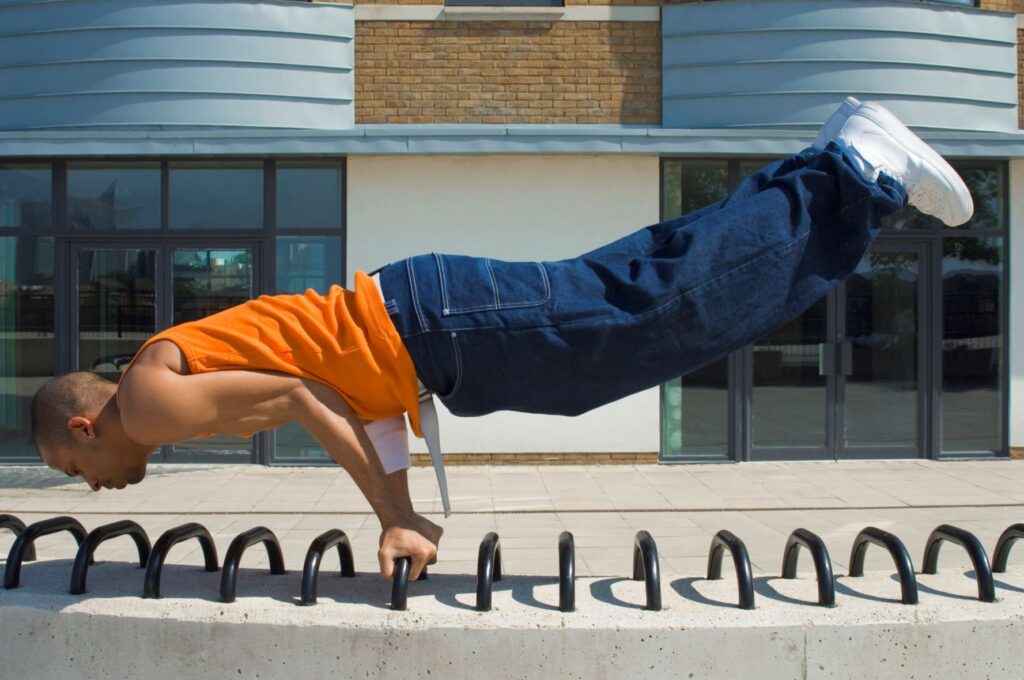
Headstand
Headstand improves blood circulation and body awareness. It also will accustom our body to the upside-down position, which will come in handy when learning to handstand
That move is about standing on your head and supporting yourself with your hands
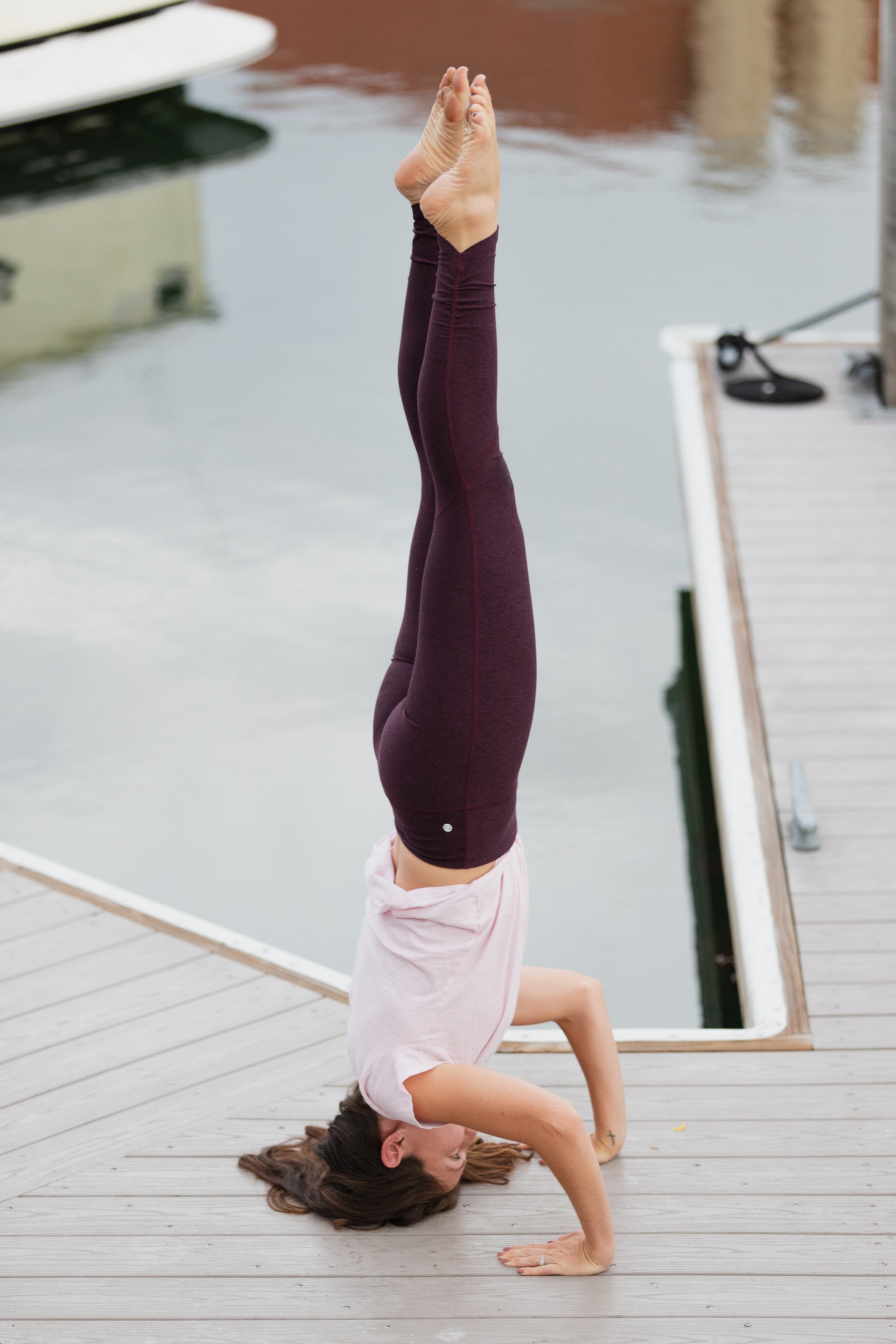
Intermediate
Muscle up
Strength exercise that involves getting from under the bar to above. It combines 2 other exercises – pull ups and dips.
Handstand
That’s probably the most popular skill in calisthenics. It requires a lot of strength and balance, also the technique is very important during this exercise.
Hold your body in a straight vertical position with only hands touching the ground. Balance your hands using force properly.

Human flag
The most impressive static skills on this list for the average, untrained person.
The body is parallel to the ground, the arms and body form a straight line and the fulcrum is a vertical bar.
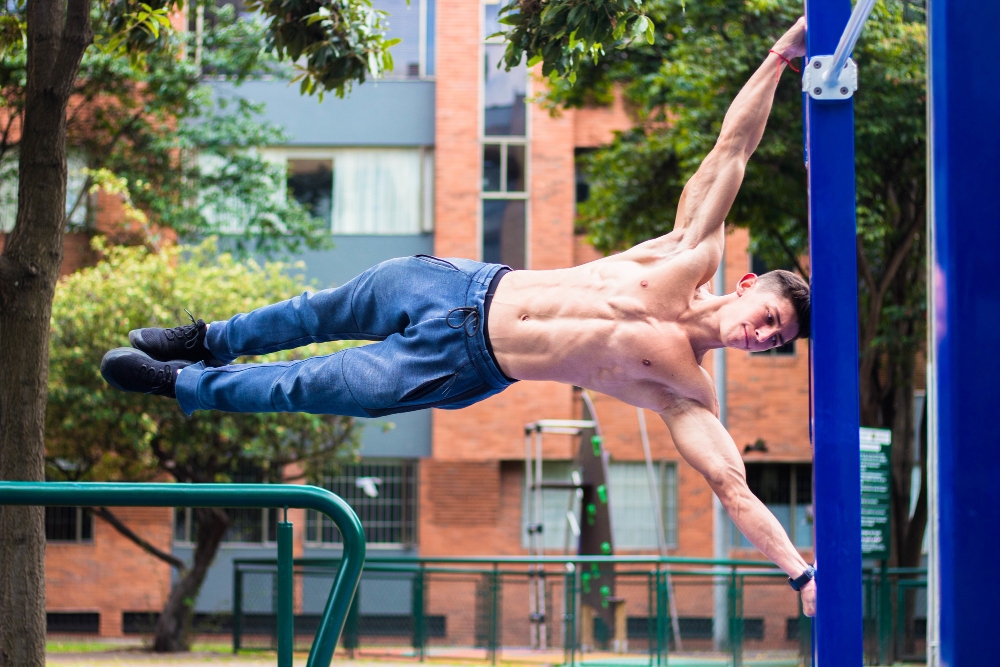
Dragon flag
The dragon flag is the best calisthenics core exercise. It can be done by holding a static position, as well as for reps (dragon flag raises). Besides the core muscles, it also engages the lats and biceps.
Grab something stable behind the head while lying on the floor or bench. Raise your legs and torso, so that you touch the floor only with your lats.
Dragon press
Dragon press is harder version of the dragon flag. This time the hand are not behind the head but at the hip level, arms are straight. With your fingers putting pressure on the floor, it takes tremendous strength from the triceps.
V-sit
A harder version of l-sit that requires much more mobility and flexibility. Works shoulders and core mainly.
To perform v-sit start with l-sit and raise your legs higher, creating a much smaller angle between the torso and legs.
Back lever
The back lever is a static hold in which your body is perfectly horizontal, facing the ground
Even though it looks similar to the front lever, the position of the arms and muscles engagements is different. The front lever requires much more upper back strength while the back lever is more about shoulder mobility. For most people, the back lever is easier to learn.

Advanced
handstand press
It’s a transition from standing to handstand. To do that with straight arms you need a lot of hamstrings flexibility as well as shoulders strength.
Front lever
Front lever Just like the back lever, it is an isometric exercise in which you hold a static, horizontal position facing upwards and put pressure on the bar with straight arms. Even though this skill engages the full body, it is mainly about lats and core strength.
Planche
Planche is the opposite of the front lever. It’s static, push skill in which the body is parallel to the ground, supported by the straight arms touching the floor.
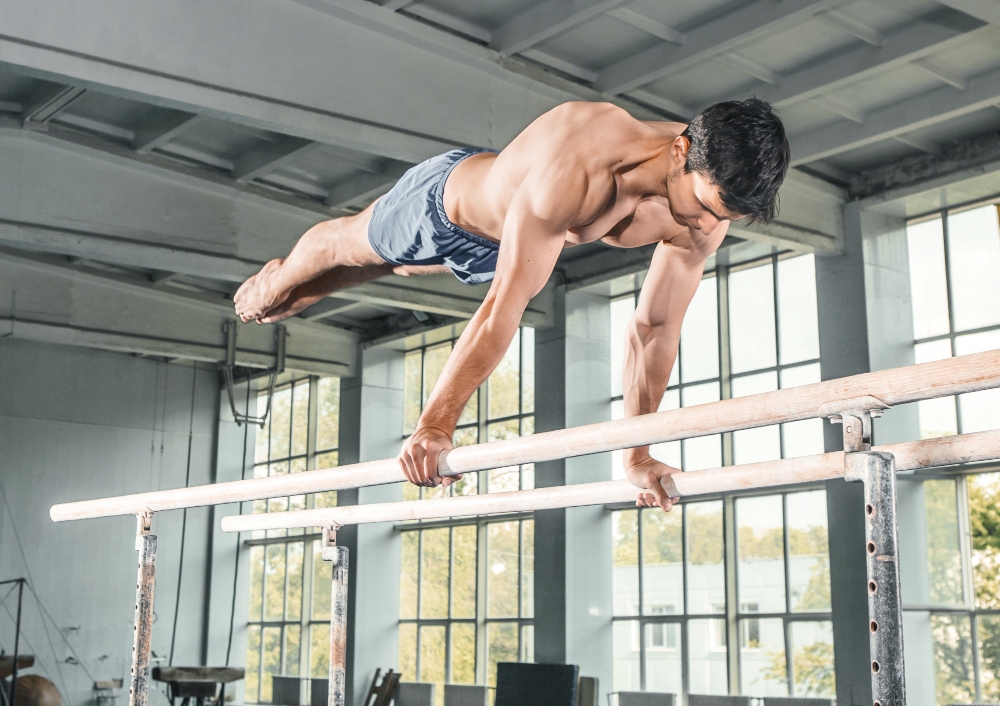
One arm pull up
Excentric strength-based exercise consisting of lifting your whole body weight over the pull up bar with just one hand.
Iron cross
One of the most popular skills on the rings. While performing the iron cross the body is suspended in an upright position and the arms are extended to the sides, forming the shape of the christian cross.

Victorian
Victorian is a combination of front lever and dragon press. The body is perfectly horizontal as in the front lever and the hands are not on the bar but on the floor or dip bars, at the hip level, similarly to the dragon press.
It is such a difficult skill that even at the level of elite gymnasts is rarely performed and is rated as E on the scale from A – F (F being the hardest)
Maltese
Maltese is basically a planche with arms placed wider, which makes the angle between your chest and arms bigger, therefore making it harder than a regular planche. In gymnastics, it has the highest level of difficulty – F, which makes maltese even harder than victorian.

Reverse planche
Reverse planche most difficult skill on this list and has never been performed in the perfect form. It seems to be infeasible due to the unnatural position. It’s victorian with higher placed body and arms pointing down at the angle.
